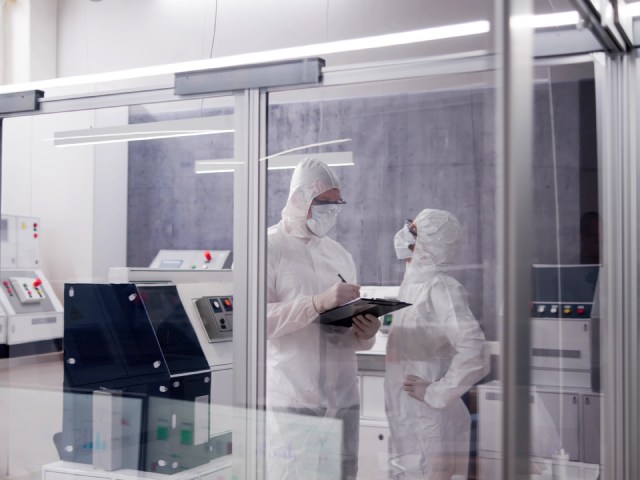

Environmental enclosures safeguard sensitive equipment from harsh conditions and support optimal performance and longevity. Thanks to advancements in materials science and engineering, the latest innovations in enclosure design are expanding possibilities like never before.
From superior thermal management to enhanced durability, cutting-edge technology is revolutionizing how we safeguard critical assets in various industries. Here are a few tech additions to optimize your environmental enclosures and get the most out of your space.
The backbone of any optimized enclosure is real-time monitoring. Smart sensors can track temperature, humidity, air quality, and other crucial parameters. Then, they provide instant feedback, allowing immediate adjustments to maintain optimal conditions.
For instance, smart sensors can monitor server temperatures in data centers, prevent overheating, and support smooth operations.
Precise climate control is essential for maintaining the ideal environment within an enclosure. Modern climate control systems use AI algorithms to adjust temperature and humidity levels automatically. They also enhance efficiency and reduce energy consumption. AI-driven systems can predict environmental changes and proactively adjust to ensure a stable and optimal climate.
Lighting is crucial in environmental enclosures for plant growth in greenhouses or visibility in data centers. Energy-efficient LED lighting solutions reduce energy consumption and provide customizable lighting conditions.
Smart lighting systems can adjust brightness and color temperature based on the enclosure’s needs, enhancing performance and sustainability.
Sustainability is a growing concern for tech enthusiasts, and integrating renewable energy sources is a step in the right direction. Solar panels, wind turbines, and other renewable energy solutions can power environmental enclosures, reduce reliance on fossil fuels, and lower carbon footprints. Renewable energy integration not only promotes sustainability but also offers long-term cost savings.
Data analytics tools can process vast amounts of data from various sensors and systems within the enclosure. These tools provide valuable insights that can inform decision-making and optimize operations. For instance, data analytics can help you identify patterns and trends to improve resource allocation.
Common misconceptions about environmental enclosures include that they lack flexibility. In truth, modular and scalable designs offer significant adaptability for environmental enclosures. They allow for easy expansion and customization based on changing needs. Whether adding more servers to a data center or expanding a greenhouse, modular designs ensure the enclosure can grow and evolve.
Adhering to industry regulations and standards is crucial for operating environmental enclosures. Tech additions can ensure compliance by providing automated reporting and real-time monitoring of regulatory requirements. Compliance with rules ensures legal adherence, promotes best practices, and enhances credibility.
Incorporating these tech additions allows you to optimize your environmental enclosures to transform them into efficient, secure, and sustainable spaces. Enhancing real-time monitoring, climate control, and security protocols ensures your products remain at their best.
Integrating renewable energy sources and data analytics tools optimizes performance and supports sustainability. With these advancements, you can create an ideal environment that meets the needs of today’s tech-savvy world.
24World Media does not take any responsibility of the information you see on this page. The content this page contains is from independent third-party content provider. If you have any concerns regarding the content, please free to write us here: contact@24worldmedia.com
